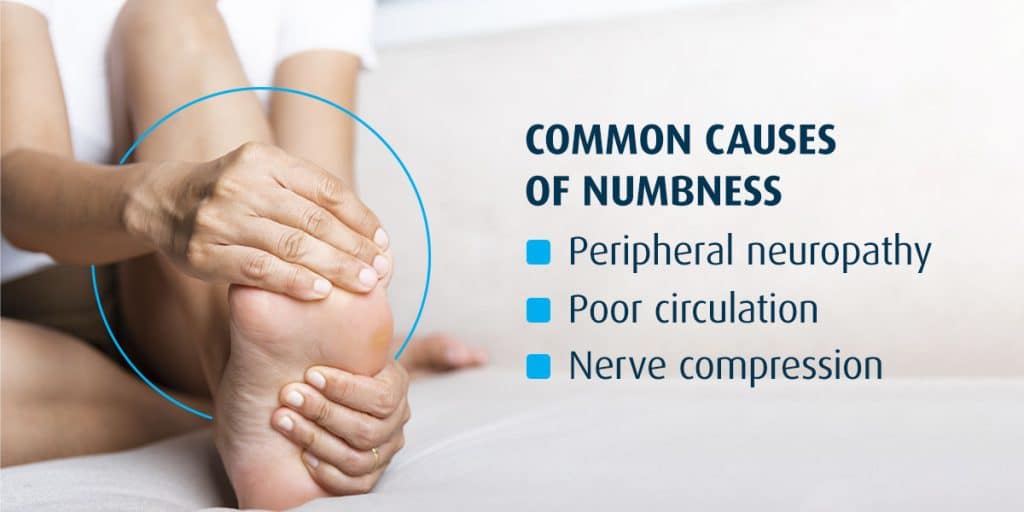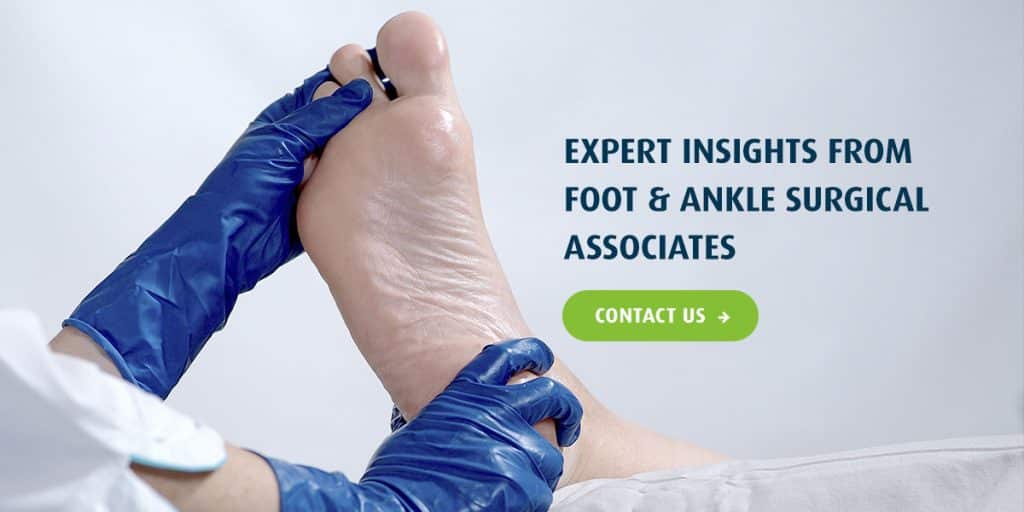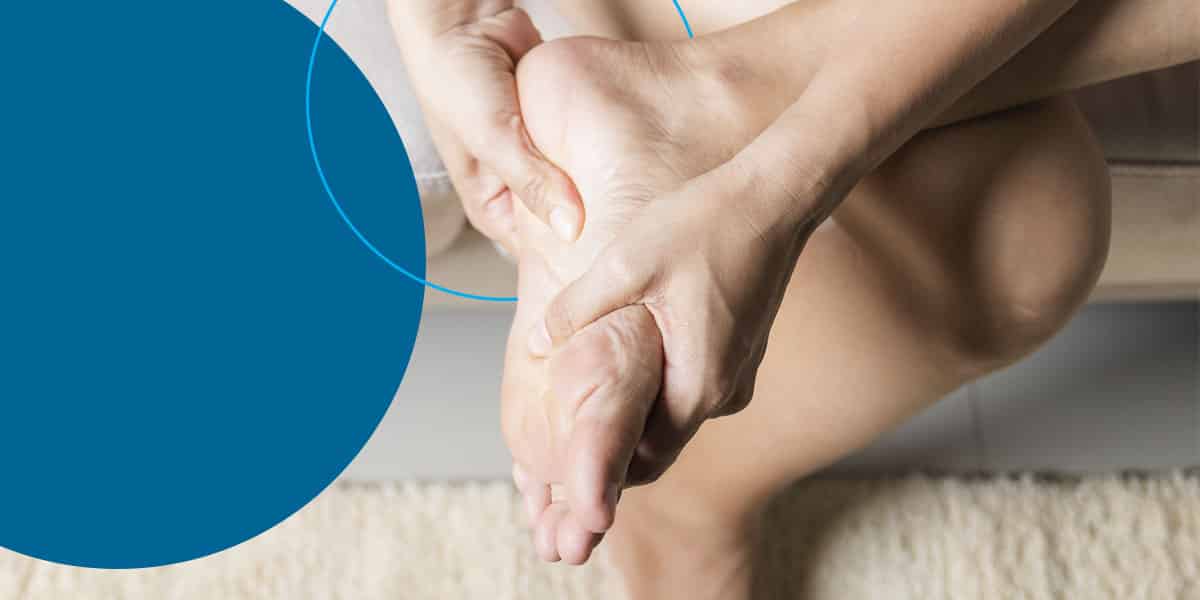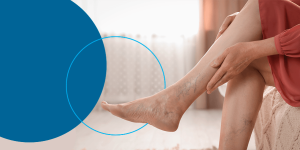The phenomenon of numbness stands signals that something demands our attention. When it strikes the feet and toes, this sensation has added significance, impacting our mobility, comfort and overall well-being. But what lies behind the curtain of numbness, and what triggers its arrival?
This article aims to uncover the diverse factors that contribute to numbness, including pins and needles, tingling and paresthesia. Each sensation carries its own story, offering insights into the workings of our nerves and circulatory system.
The Complexity of Numbness
Numbness, though often perceived as a simple loss of sensation, is a nuanced phenomenon rooted in the intricate network of nerves that crisscross our bodies. These nerves are messengers, relaying information between different body parts and the brain. When disruptions occur along this communication highway, numbness can manifest, offering valuable insights into underlying health issues.
Our nervous system comprises an elaborate web of sensory nerves transmitting touch, temperature and pain signals. Numbness occurs when these signals are interrupted, altered or impeded on their journey to the brain.
Temporary vs. Chronic Numbness
Numbness can vary in nature. Temporary numbness, such as that experienced with a partially numb foot, might arise from pressure on a nerve due to a specific posture or activity. For example, crossing legs can create a temporary “pins and needles” sensation. Chronic numbness, however, often points to an underlying medical concern that necessitates attention. It can indicate conditions affecting nerves, blood vessels or overall nerve health.
Common Causes of Numbness
Numbness in the feet can be a symptom of various health issues, and knowing what causes numbness in the foot is essential for identifying the right treatment. Foot numbness and toes can arise from various underlying causes. The following are some most common ones:

- Peripheral neuropathy: Peripheral neuropathy is a broad term encompassing a range of conditions where the peripheral nerves, responsible for transmitting signals from the brain to the rest of the body, become damaged. This damage can result from diabetes, alcoholism, certain medications and even infections. Numbness often starts in the toes and gradually extends upwards.
- Poor circulation: Diminished blood flow, often associated with conditions like Peripheral Vascular Disease (PVD), can lead to numbness. PVD involves the narrowing or blockage of blood vessels, depriving nerve cells of oxygen and nutrients. This deficiency in blood supply triggers numbness, often accompanied by pain, tingling in the foot and other sensations.
- Nerve compression: Nerves can become compressed due to various factors, causing numbness in specific areas. Conditions like sciatica involve compression of the sciatic nerve, radiating numbness and pain down the leg and beyond. Similarly, carpal tunnel syndrome can compress the wrist’s median nerve, which then causes numbness and tingling in the hands and fingers. Conditions such as tarsal tunnel syndrome in the feet can lead to numbness along the inner ankle and sole.
Unraveling Pins and Needles
The sensation of “pins and needles,” commonly known as paresthesia, is a curious phenomenon many of us have encountered. Understanding what causes pins and needles in the feet and toes can decipher our bodies’ messages.
One of the primary culprits is nerve compression. When a nerve is compressed or pressured, such as sitting in a particular position for an extended period, it can result in reduced blood flow to the nerve and a subsequent tingling sensation. Another common culprit is impaired blood circulation. The reduced blood flow deprives nerve cells of oxygen and nutrients, triggering the tingling sensation.
Other reasons for pins and needles include:
- Temporary pressure: Sometimes, pins and needles are a transient experience caused by temporary pressure on nerves. This sensation will dissipate once pressure is relieved and blood flow returns to normal.
- Nerve damage: In chronic pins and needles, nerve damage can be an underlying cause. Conditions like peripheral neuropathy, often associated with diabetes, alcoholism or certain medications, can lead to nerve dysfunction and persistent tingling.
- Seeking professional evaluation: While occasional pins and needles may be harmless, persistent or recurring sensations should not be ignored. Seeking medical attention is crucial, as it can uncover the underlying cause and guide appropriate treatment strategies.
Other Contributing Factors to Numbness
While conditions like peripheral neuropathy, poor circulation and nerve compression are common causes of numbness in the feet and toes, additional factors can contribute to this sensation.
- Vitamin deficiencies: Vitamins, especially vitamin B12, help maintain healthy nerves. Deficiencies in these essential nutrients can lead to nerve damage and subsequent numbness. Adequate intake of vitamins through a balanced diet or supplementation can help prevent such deficiencies and support nerve health.
- Footwear and posture: Our shoes and posture can impact nerve health and blood circulation. Additionally, poor posture can result in nerve compression in various parts of the body, including the feet.
- Underlying medical conditions: Certain medical conditions, such as hypothyroidism, multiple sclerosis and autoimmune disorders, can contribute to numbness in the feet and toes. These conditions often involve complex interactions within the body that can affect nerve function and circulation.
What Is Paresthesia?
Managing paresthesia, the sensation commonly referred to as “pins & needles in foot,” requires a comprehensive approach tailored to its underlying causes. Addressing this tingling or prickling sensation involves understanding its triggers, collaborating with medical professionals and making necessary lifestyle adjustments to enhance nerve health and overall well-being.
Addressing the root cause of nerve compression, such as adjusting posture or avoiding prolonged pressure on nerves, can alleviate paresthesia. If paresthesia stems from peripheral neuropathy, your health care provider will need to diagnose and manage the condition. This may involve controlling blood sugar levels (in the case of diabetes), modifying medications or addressing alcoholism.
Another aspect of paresthesia treatment will be lifestyle modifications, such as regular exercise. Engaging in regular physical activity can enhance blood circulation and nerve health. Another lifestyle change might be to adopt a diet rich in essential nutrients, including vitamins that support nerve health, which can positively impact peripheral neuropathy-related paresthesia.
Navigating paresthesia often requires collaboration between various health care professionals. Consulting with primary care physicians, neurologists, podiatrists and other specialists can ensure a comprehensive evaluation and tailored treatment plan.

Expert Insights From Foot & Ankle Surgical Associates
As we journey through the common causes of numbness and the contributing factors that shape its presence, one thing becomes abundantly clear — numbness is not a standalone inconvenience. It reflects our body’s intricate systems, offering clues to conditions that deserve attention.
Foot & Ankle Surgical Associates has a wealth of expertise in this pursuit. With a mission rooted in elevating the quality of life for individuals, our commitment to understanding the nuances of numbness echoes through our dedication to comprehensive care. Just as we unravel the enigma of numbness, Foot & Ankle Surgical Associates unravels the complexities of conditions affecting the feet and ankles.
Individuals can seize control of their health journey by understanding the interplay of peripheral neuropathy, circulation, nerve compression and other contributing factors. Timely professional evaluation and collaboration with medical experts can illuminate the path toward effective management and lasting relief from numbness.
Contact us today and remember that we, Foot & Ankle Surgical Associates are here to guide you every step of the way.



